Martial Arts Rank Requirements:
The journey to black belt starts with a determination to see it through. It is important for martial artists of all levels to have a framework of what needs to be achieve in other to move up to the next level.
As the saying goes… a goal without a plan is simply a wish.
The belt rank systems across all styles as we know it today is actually less than a hundred years old. Ancient martial arts systems had no belt ranks or martial arts rank requirements per say.
It is a modern creation systemized by Judo founder – Professor Kano Jigoro (1860 – 1938).
Martial arts studies in the East were lifelong endeavors, and the student would practice for years until their teacher deemed them ready to be on their own. A liscence of some sort would then be issued, instead of periodic martial arts rank requirement tests, and the student then sets out on their own.
Such practices were recorded within Samurai traditions in feudal Japan, as well as the Shaolin temple in ancient China.
In the early 1900s, during the forming years of modern Judo, Professor Jigoro felt a need for a more academic approach to martial arts education.
By organizing the lessons and techniques into ranks, the student (and teacher) has a clearer understanding of their training objectives.
What level are you now…and where would you like to be?
This article uses the Hapkido curriculum at T.H.A Martial Arts in Toronto to illustrate the various levels progression within a given martial arts discipline. Keep in mind that Martial arts styles come in different forms, and not all are created equal.
Hapkido has a very rich tradition with a relatively large array of skills to master. We also use a customized curriculum for different age groupshttps://www.leasidemartialarts.com/martial-arts-classes-toronto/, and each one is designed to allow students to develop proficiency in the skills required at the advanced levels.
The international governing bodies of Hapkido set the minimum requirements of the expected level of competency students must attain by 1st dan black belt.
Each affiliate martial arts school organizes their rank requirements to best achieve this.
Our Black belt tests are conducted at the school, and the test results are sent to the International Kyung Mu Hapkido Federation headquarters.
A dan certificate is then issued to candidates who pass.
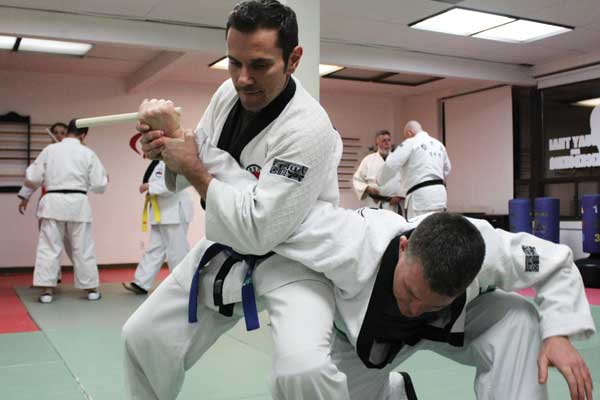
Coloured Belt Rank Requirements
Coloured Belt Rank Requirements
Novice Ranks:
At this level, the focus is on movement patterns, awareness skills, and knowledge of basic Hapkido techniques. Think of it as learning the letters of the alphabet while learning a new language.
Beginner Ranks:
Gaining cognitive competence of the fundamentals and perfecting movement patterns. These are usually the white, yellow, or orange belt ranks. Some martial arts styles might use a different belt colour, but they are usually denoted as 9th, 8th, and 7th Geup or Kyu ranks.
Intermediate Ranks:
Developing a good frame of reference of all fundamental skill sets. Introduction to sparring, resistance training, and traditional Hapkido weapons. At this level, the student is learning to put “letters” together to form “words”.
Advanced Ranks:
Keeping with the language analogy, the Hapkido student at the advanced ranks is gradually learning to create “phrases”. The focus at this level is gaining conscious competence in real-time applications of Hapkido techniques, and freestyle sparring. Building a solid foundation in the art in preparation for the Black belt.
Black Belt Rank Requirements
Black Belt Rank Requirements
 Black Belt Ranks:
Black Belt Ranks:
This requires about six or seven years of Hapkido training. The black belt test is for ages 17 and up. Younger students earn a Poome rank or Juniour Black Belt rank until they are of age to test. Students may test for 2nd dan two years later.
Students must be 21 or older to test for 3rd dan, with a minimum of three years since the previous test.
Master Level:
This is the level of fine tuning and perfection. It is said that a true test of how fluent you are in a language is not just when you’re able to have conversation, but an arguement.
The minimum age to test for 4th dan is 25. The requirements also include completing the instructor’s course before the test. There are five- and six-year intervals between 5th and 6th dans, with minimum ages of 30 and 35, respectively.
Grandmaster:
Higher dan ranks are awarded on average between seven, eight, or nine years from the previous test. The minimum ages range from 45 to about 60. The 10th dan is a posthumous rank.

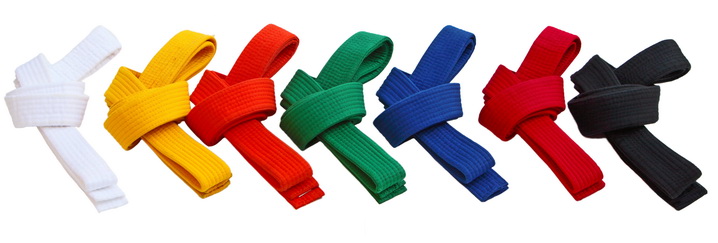
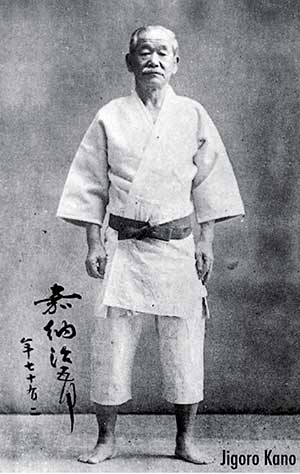
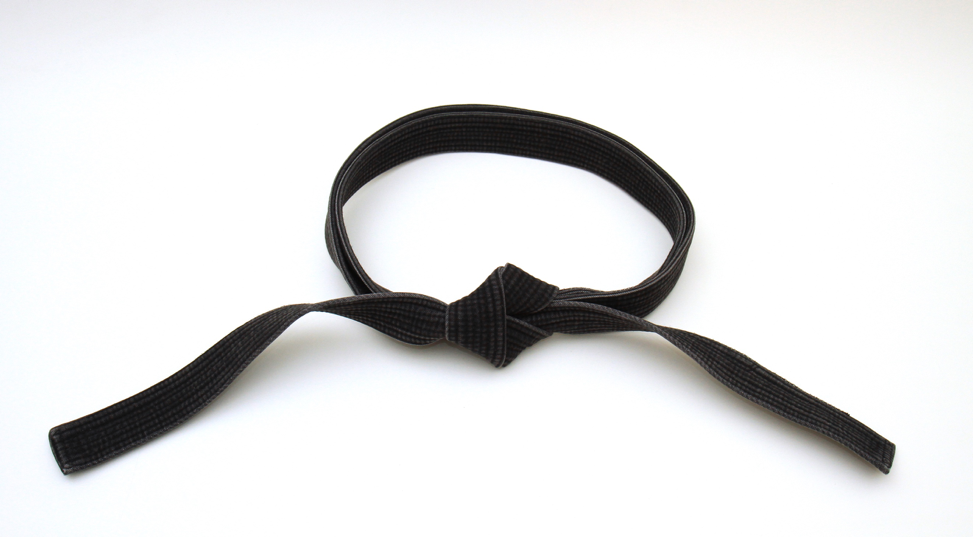 Black Belt Ranks:
Black Belt Ranks: 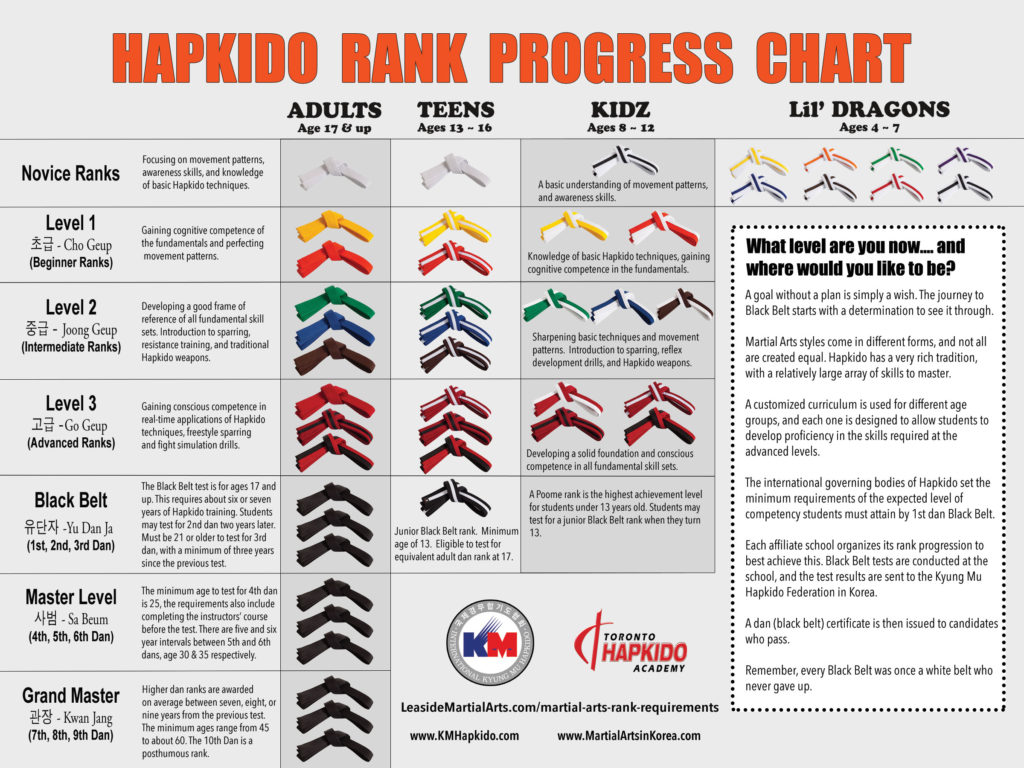
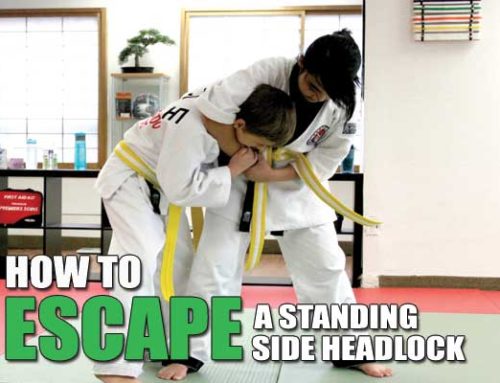
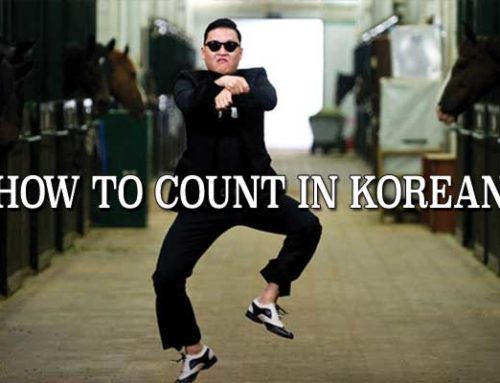
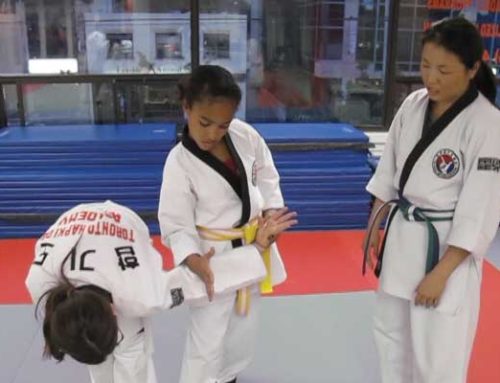
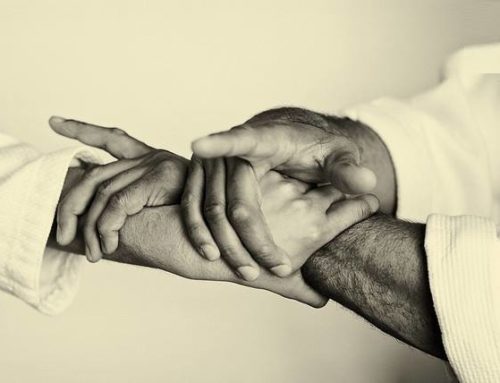
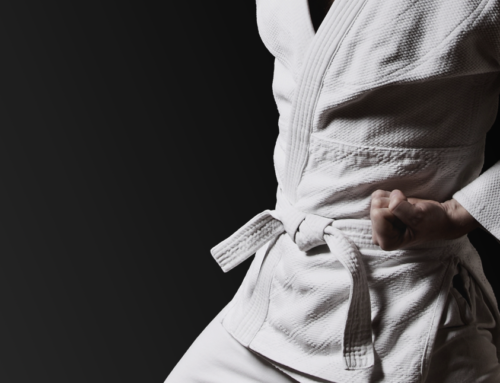
[…] same applies in Hapkido. You start with the fundamental skills to develop good basics. But these skills by themselves are not the end-all of your […]
[…] of a 1000 miles starts with a single step. The white belt rank is believed to be the most important Hapkido rank because it sets a solid foundation for your martial arts […]